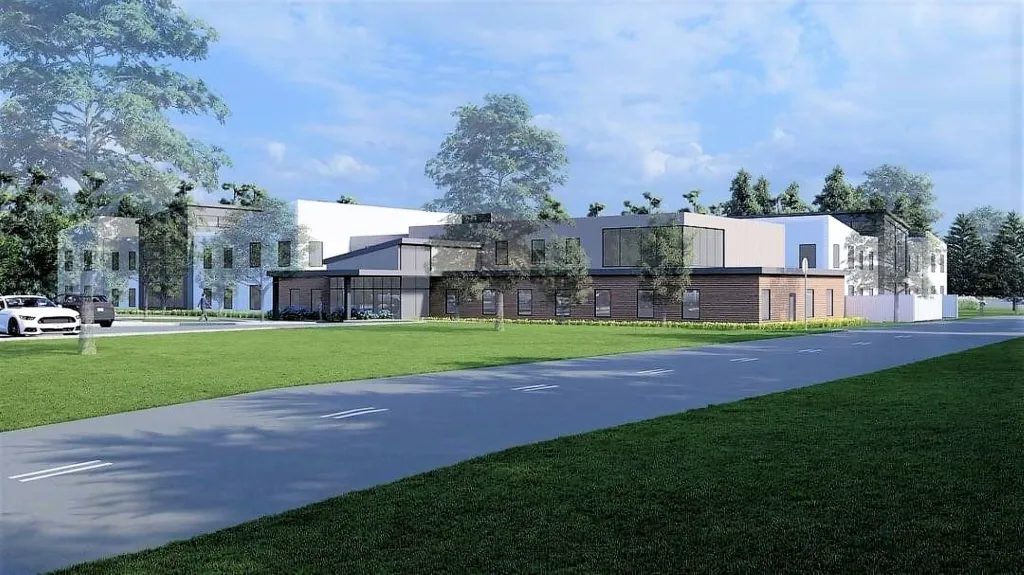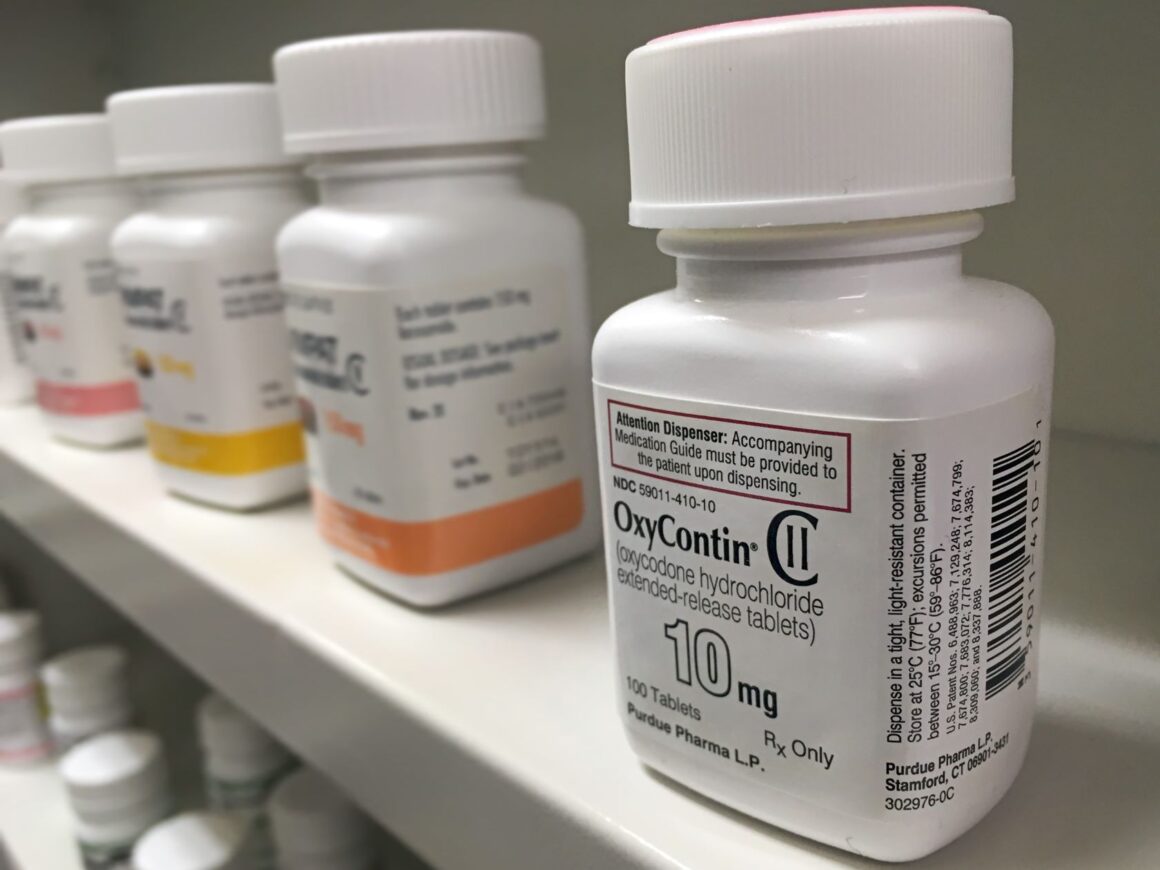Maine stands to receive about $235 million over nearly two decades as the result of settlement agreements with pharmaceutical companies accused of leading a dangerous, misleading and ultimately deadly campaign to put opioids into medicine cabinets across the country.
The settlements ended years of litigation filed by dozens of states and other plaintiffs, including Maine Attorney General Aaron Frey, and 12 counties, 11 cities and 30 school districts from Maine, against more than a dozen companies. The plaintiffs alleged that these companies, like household names Johnson & Johnson, CVS Pharmacy and Walmart, supercharged an opioid epidemic that has led to hundreds of thousands of deaths.
The nationwide settlement sum is nearly $55 billion, with $235 million allocated for Maine. But with bankruptcy proceedings for three companies — Purdue Pharma, Mallinckrodt and Endo — still pending, the total is likely to change. As of August, Maine has received about $35 million in payments.
The Monitor spent weeks sifting through hundreds of pages of legal documents, case filings, press releases and drug overdose data, interviewed key players and tapped into resources like Christine Minhee’s OpioidSettlementTracker.com and the journalism collaborative Reporting on Addiction to understand how Maine’s share of the settlements were divided, how the money can be spent and ultimately, why it matters.
Although the settlement agreements stipulate that the money must be spent on “opioid abatement strategies,” they largely leave requirements on public reporting up to the states.
We found that only the 15-member Recovery Council is bound by law to publicly report how they spend their 50% of Maine’s share. That leaves the 20% allocated to the Office of the Attorney General and the 30% divided among 39 counties, cities and towns — totaling nearly $118 million — without any direct public oversight.

Over the summer we sent administrators from the 39 counties, cities and towns the “direct share subdivisions,” a survey asking if they have made any spending plans, formed an advisory committee or created a grant process; how much money they’ve spent or allocated, how they would describe their understanding of how the money can be spent, and their biggest questions or concerns. We received responses from 12 counties, and 16 cities and towns, nearly three-quarters of the subdivisions.
We have also attended nearly every meeting of the Recovery Council over the past eight months and interviewed more than two dozen people, some multiple times, including the chair of the Recovery Council, Gov. Janet Mills’ director of opioid response, leaders from Maine’s recovery community, doctors, law enforcement officials, and several current and former lawmakers.
This is what we found:
• The officials, mostly county and municipal administrators, who responded to the Monitor’s survey said they felt confident in their understanding of how the settlement funds can be spent. Many said their greatest concern was ensuring the money makes an impact.
• Some recipients are moving faster than others in making spending decisions. York County, for example, decided early to put its $4.6 million share into building a new recovery center.
• On the other hand, an August report from the Monitor highlighted the Recovery Council’s lack of action and raised public pressure on the members. The council took a year from its first meeting to hold a public forum and 13 months to vote on initial spending priorities, including identifying some early recipients. The first round of funding is likely still months away from being distributed.
• The attorney general’s office and several subdivisions have opted to allocate initial funds to law enforcement or programs that work alongside law enforcement. This brushes up directly against the advice of some advocates, who say the money should go to programs and organizations that work directly with people at highest risk of an opioid overdose.
• The missed opportunities of the tobacco settlements still hang heavy in many minds. Those who were involved say there are lessons to be learned from the 25-year-old landmark agreement.
With 15 years of settlement payments still ahead, the Monitor will continue to pay close attention to how the money is being spent.
Further reading:
Recovery council takes first steps to distribute $9 million in opioid settlement money
York County takes on substance use, housing shortage and public safety staffing crises with $45 million investment
Franklin County hopes to start distributing opioid settlement money by the end of the year
From 25 years ago, lessons for Maine as it begins to distribute opioid settlement money
As opioid settlement funds reach Maine, opinions arise over how best to use them
After nearly nine months and eight meetings, Maine Recovery Council hasn’t spent any of the millions available from opioid settlement cases
Maine will receive at least $235 million in settlements from companies accused of fueling the opioid crisis







